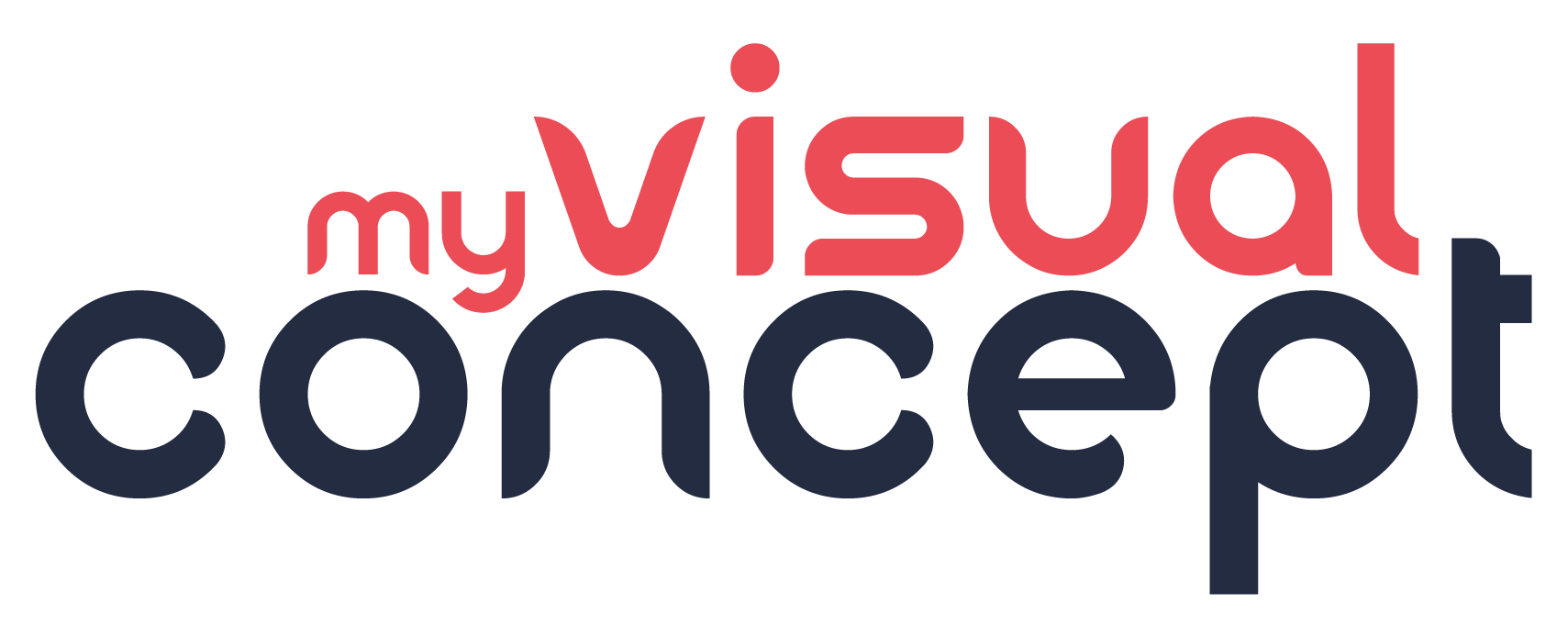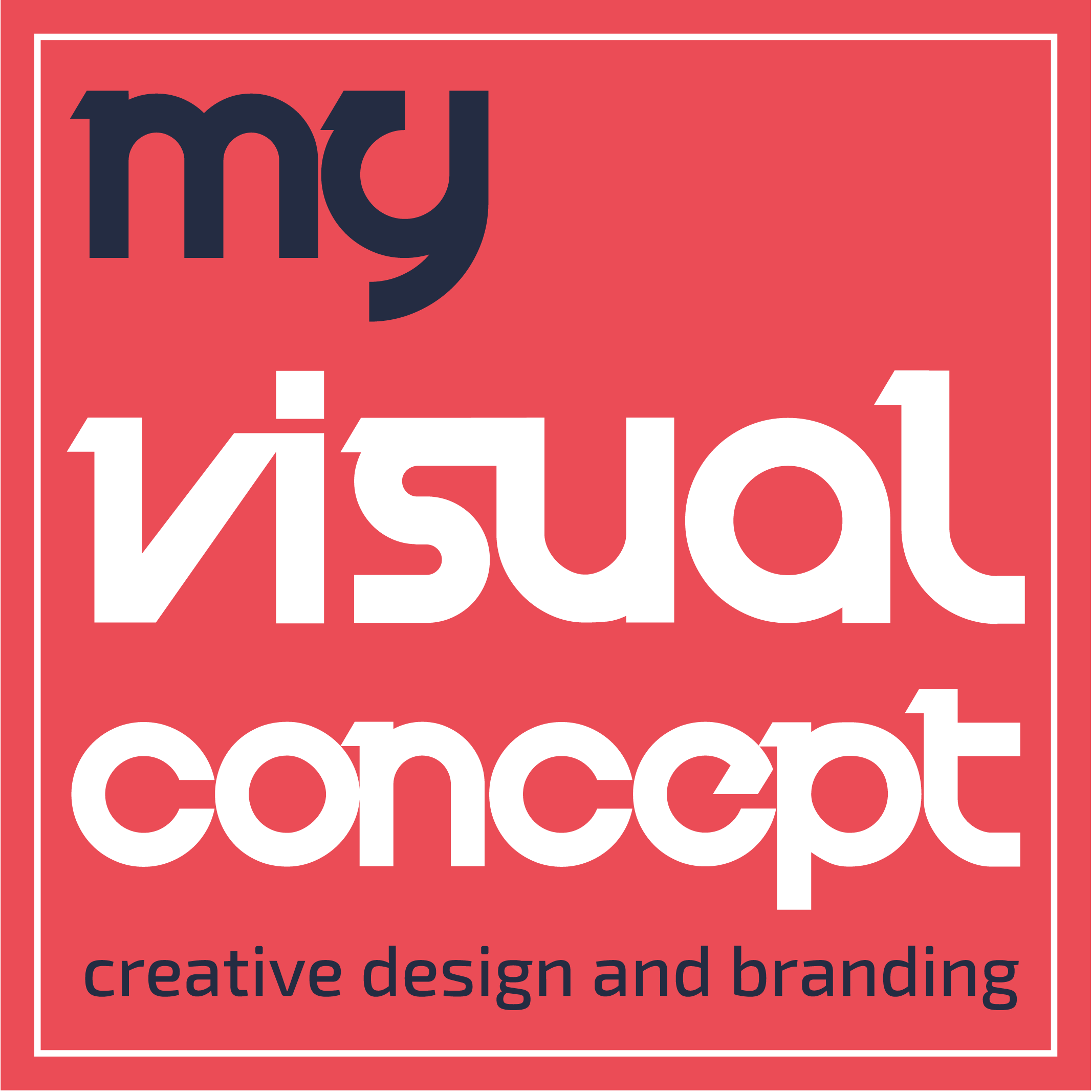As digital technology continues to evolve, so does the landscape of User Interface (UI) and User Experience (UX) design. Staying ahead of these trends is crucial for designers and developers aiming to create cutting-edge, user-friendly, and engaging digital experiences. This blog post delves into the emerging trends in UI/UX design, spotlighting how these innovations are reshaping digital interfaces and setting new standards for user interaction. From immersive technologies to personalized experiences, we explore the key trends poised to define the future of UI/UX.
Embracing Immersive Experiences: AR and VR Integration
Augmented Reality (AR) and Virtual Reality (VR)
The integration of AR and VR technologies into UI/UX design is transforming how users interact with digital environments. AR overlays digital information in the real world, enhancing the user’s physical environment, while VR creates a completely immersive digital experience. Both technologies offer new dimensions of interaction, from virtual try-ons in e-commerce to immersive learning environments in education.
Personalization and Predictive Design
AI-Driven Customization
Artificial Intelligence (AI) is enabling unprecedented levels of personalization in UI/UX design. By analyzing user data and behavior, AI can tailor digital experiences to individual user preferences, from personalized content recommendations to adaptive interfaces that change based on user needs.
Predictive Design Elements
Predictive design goes one step further by anticipating the user’s next move based on past interactions. This proactive approach can streamline tasks, reduce user effort, and create a seamless experience, significantly enhancing user satisfaction.
Voice User Interface (VUI) and Conversational UI
The Rise of Voice Interactions
As voice-assisted devices become increasingly prevalent, designing for voice user interfaces (VUI) is becoming essential. VUI allows users to interact with digital products through voice commands, making technology more accessible and creating a more natural user interaction.
Conversational UI and Chatbots
Conversational UIs, including chatbots and virtual assistants, are redefining user engagement by facilitating interactions through natural language. These tools can provide immediate assistance, guide users through complex processes, and offer personalized recommendations, enriching the user experience.

Neumorphism and Glassmorphism
The Evolution of Design Aesthetics
Neumorphism and Glassmorphism are design trends that blend realism with digital aesthetics, creating interfaces that are both familiar and futuristic. Neumorphism uses subtle shadows and highlights to mimic physical objects, while Glassmorphism features transparent, glass-like elements that provide a sleek, modern look.
Focus on Accessibility and Inclusivity
Designing for Everyone
An increasing focus on accessibility and inclusivity ensures that digital products are usable by as wide an audience as possible, including those with disabilities. This trend involves designing with considerations for contrast, text size, navigation, and compatibility with assistive technologies.
Sustainability in Design
Eco-friendly Digital Practices
Sustainability is becoming a priority in UI/UX design, with a focus on reducing the digital carbon footprint. This includes optimizing images and assets to decrease load times and energy consumption, as well as considering the environmental impact of design decisions.
The future of UI/UX design is dynamic and promising, with emerging trends focusing on creating more immersive, personalized, and user-friendly experiences. By integrating technologies like AR, VR, and AI, and prioritizing accessibility, inclusivity, and sustainability, designers are poised to revolutionize how we interact with digital environments. Staying abreast of these trends is essential for anyone looking to lead in the digital design space, offering endless possibilities for innovation and engagement.





